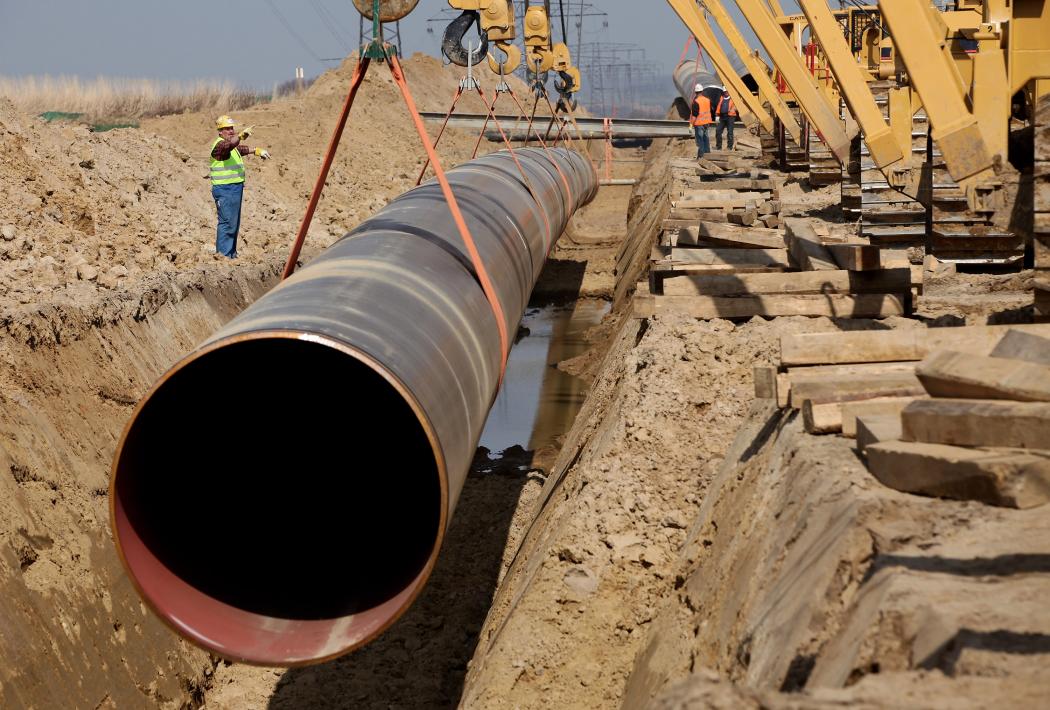The Arab states in the Persian Gulf region are seen as main customers of Iran's natural gas, said the managing director of the National Iranian Gas Exports Company (NIGEC).
The assessments carried out by the NIGEC suggest reasonable grounds that the Persian Gulf states such as Oman, Kuwait, UAE, Saudi Arabia, Bahrain, and Iraq should be given priority for gas exports due to their proximity, Alireza Kameli was quoted by Shana news agency as saying.
Gas could be transferred via a shorter pipeline of less than 200 kilometers, which allows for a quicker delivery, Kameli said. "Moreover, these countries have become aware that besides Iran there is no other stable source to import gas from," he added.
Persian Gulf region holds around 730 billion barrels of proven oil reserves, and more than 70 trillion cubic meters of gas, according to IRNA. However, only Iran and Qatar possess substantial gas reserves, which could be exported to other countries.
Although there is natural gas resources in some other Persian Gulf states, such as Iraq, Saudi Arabia, Kuwait, and UAE, they mostly occur with oil and there is no independent gas reserves. Thus gas production is contingent on oil production, and the produced gas is mostly injected into oil wells and thus cannot be considered as a secure source of supply.
Iraq also possesses abundant gas reserves, but "given the status quo it is unlikely it could reach the rate before 2018-2020," the official said.
Given the region's lucrative market and a projected rise in Iran's export volume, grounds are to be paved for new gas export agreements.
Domestic gas production capacity increased by 100 million cubic meters per day (mcm/d) in the current Iranian calendar year (ends March 20), and there are plans for a further 100 mcm/d increase next year, to reach the production target of 200 mcm/d by the end of next year (March 2016).
Pointing to the increased gas production, Kameli said part of this supplementary gas is to be consumed domestically, e.g. for power plants, petrochemicals, transportation, commercial, household, and industrial sectors. "But the remainder will undoubtedly be for exports."
Negotiations were held with Kuwait, UAE, and Oman regarding gas exports, Kameli said in January. "Although negotiations were satisfactory, no final agreement has been reached so far."
Iran holds the world’s second biggest natural gas reserves after Russia, and the fourth-largest proved crude oil reserves. Iran holds 17% of the world's proved natural gas reserves and more than one-third of OPEC's reserves.


